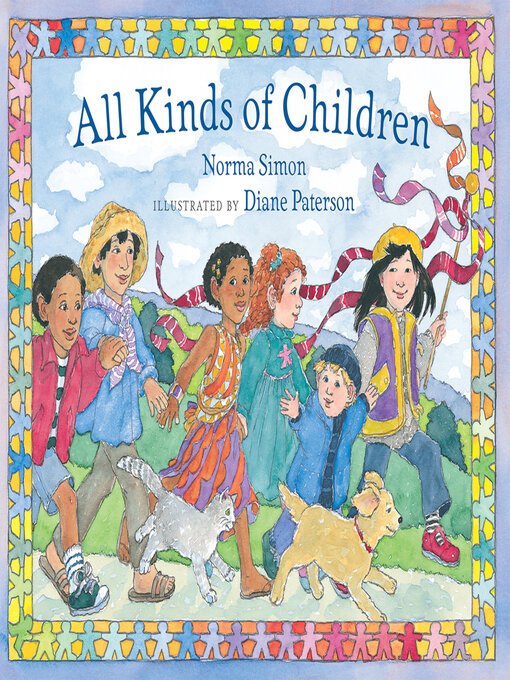2000 CBC/NCSS Notable Trade Book in the Field of Social Studies
Norma Simon uses both the neighborhood and the international stage to celebrate children.
Each carefully chosen example and comparison will help to forge a connection to friends and neighbors, other cultures, and faraway lands. As children enjoy this book, the world will grow a little smaller while understanding and acceptance will grow larger.
- No wait, no problems
- Picture Books
- Who Was?
- Garfield
- What's new?
- Popular titles
- Check these out!
- See all ebooks collections



